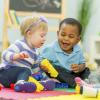- Identify activities that can develop social-emotional skills in infants and toddlers.
- Explore strategies that support the social-emotional development of infants and toddlers in your care.
- Learn ways of supporting families as they promote the social-emotional development of infants and toddlers.
Learn
Know
As an infant and toddler caregiver, you play an important role in each child’s social-emotional development. As you explored in Lesson Three, the environment affects the ways infants and toddlers develop and learn new skills. This learning greatly depends on caregivers’ abilities to create responsive and engaging learning opportunities within the environment.
Reflecting on Social-Emotional Development
With the understanding that the environment greatly contributes to infant and toddler learning, reflect on the social-emotional skills of the infants and toddlers in your care. Consider your observations, communication with families, and the developmental screening and assessment information you collect. Ask questions about each child’s development and the interests and discoveries they make. For example:
- Does the infant or toddler go to a primary caregiver for comfort? Does the infant or toddler allow the adult caregiver to help him or her calm down when upset?
- What emotions does the infant or toddler express? In what ways does he or she express emotions?
- Does the infant or toddler explore the environment with confidence knowing that his or her adult caregiver is nearby?
- Does the infant or toddler respond to his or her name?
- How is the infant or toddler comforted?
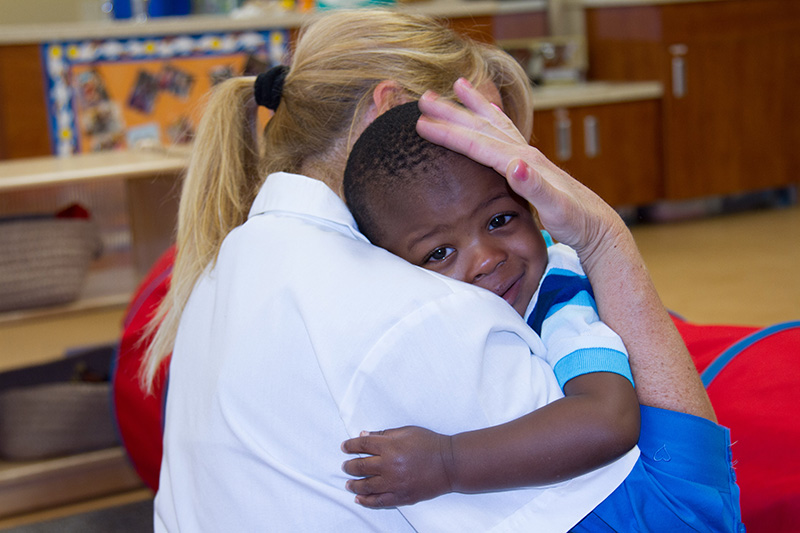
By asking these questions, you have an opportunity to learn and document how each infant and toddler in your care develops social-emotional skills. These questions may also help you consider other areas of development, culture, and temperament. This process can help you and families gather information to plan activities as infants and toddlers develop social-emotional skills and learn new ways to communicate their needs and wants.
Understanding Temperament Styles
Each infant and toddler develops at his or her own rate. Social-emotional development is dependent upon ongoing, responsive relationships. In addition to the social-emotional milestones you reviewed in Lesson Two, basic elements of personality are seen early in infancy and appear to be consistent throughout life. Elements that affect how individuals respond to the world are referred to as temperament traits. Over the years, researchers have identified specific traits related to temperament that include:
You should consider temperament traits and tailor your approach to each unique infant and toddler when identifying approaches and strategies of supporting social-emotional development. You are more likely to successfully help infants and toddlers adjust to activities and experiences that promote their social-emotional competence when you become more attuned to temperament. The ability to understand and relate to a child’s needs and temperament, or the quality of the relationship between the caregiver and young child, is often referred to as “goodness of fit.” Just like infants and toddlers, you have a temperament style and general approach to the world. The way you and the infants and toddlers in your program interact has a strong effect on the early care and learning environment. Careful consideration of temperament can support appropriate planning for activities and experiences.
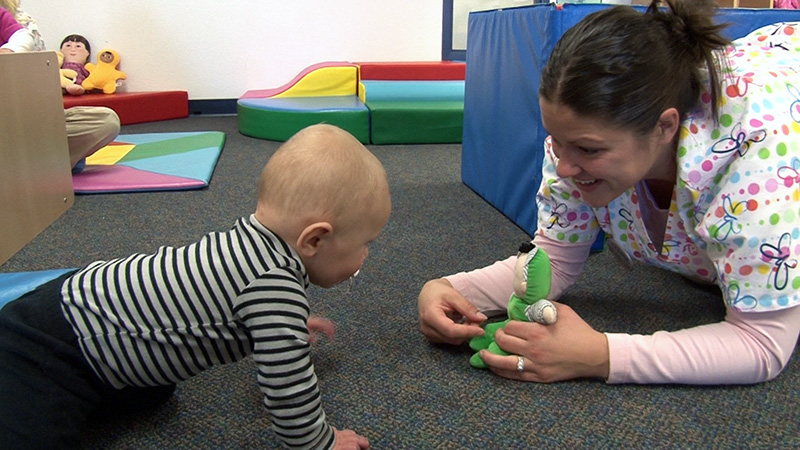
Strategy: Learning About Emotions and Emotional Expression
Infants and toddlers learn about emotions and the expression of emotions through their interactions with others. Discussing interactions, activities, and experiences, as well as acknowledging and labeling emotions, are ways you can help infants and toddlers identify, understand, and express emotions in healthy ways. In addition, you can:
- Understand that emotions expressed by infants and toddlers are true feelings seeking care from responsive adults.
- Mirror emotional expressions – if an infant or toddler is crying, you can offer a frown while saying, “You seem so upset. I’m going to help you.”
- Add words to facial expressions to help infants and toddlers build a vocabulary of emotion words – “You are smiling; you seem so happy today!”
- Use books, music, puppets, and finger plays highlighting emotions and emotional vocabulary.
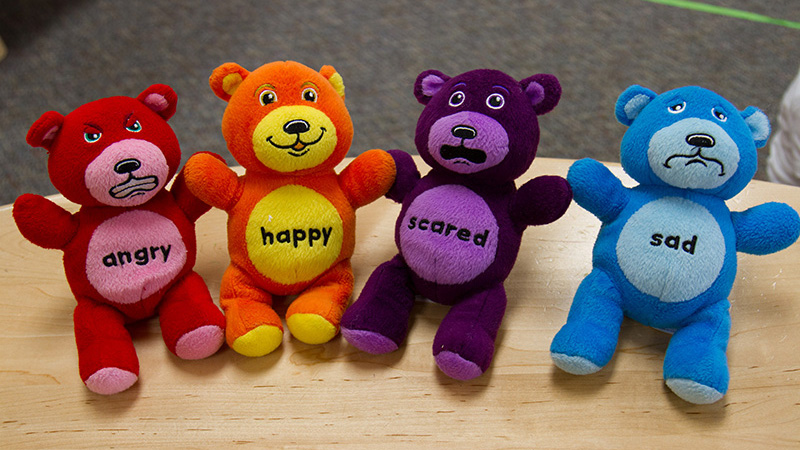
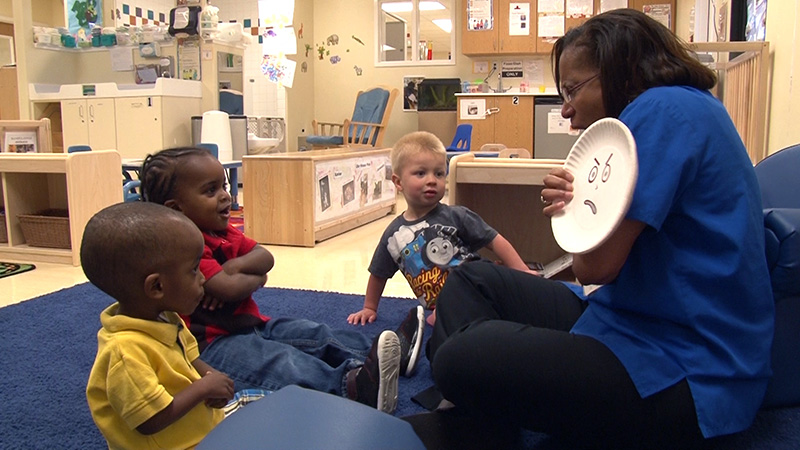
Learning Play and Friendship Skills
Infants and toddlers are learning how to interact and play with others. Understanding and expressing emotions in healthy ways can help support and contribute to the development of social skills, including playing, making and keeping friends, and getting along with others. Consider the following ideas as possible ways to encourage the development of play and friendship skills for the infants and toddlers in your care:
- Place infants next to one another on a blanket on the floor—comment on what you notice the infants doing. Give details about their interactions.
- In multi-age classrooms, move young infants to spaces where older children are safely playing. Allow the younger infants to observe their peers, and the older infants or toddlers to model play.
- Place a safe mirror low on the wall so that children can look into the mirror and see themselves and others.
- Model and use words that toddlers can use when they are playing together.
- Talk about the ways infants and toddlers feel to encourage perspective taking.
- Read books about making and playing with friends.
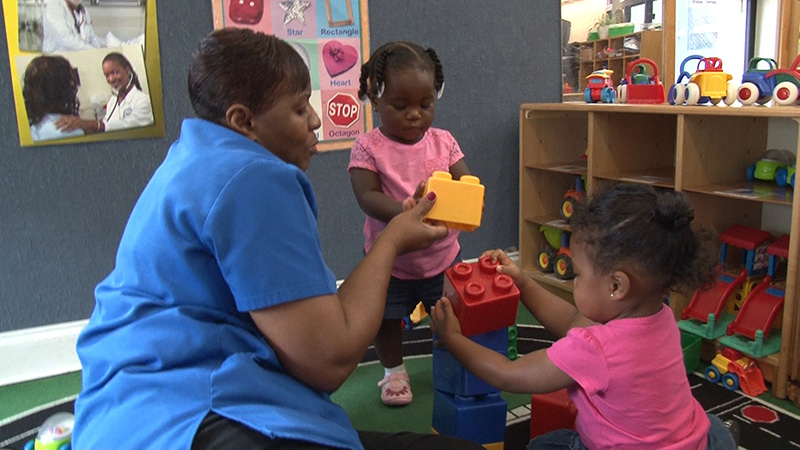
See
Responsive Interactions for Social Emotional Growth
Do
Responsive and engaging environments are created with intentional, frequent use of developmentally appropriate interactions and experiences, including opportunities for social-emotional growth. In your daily interactions with infants and toddlers, consider the following:
- Remember that infants and toddlers are watching your expressions and learning ways to respond to strong emotions—use “I” statements and describe your feelings during interactions.
- Encourage exploration in mobile infants by helping them continue to feel safe: “I see you! You are crawling and feeling proud!”
- Use infants’ and toddlers’ names frequently.
- Think about tantrums in terms of self-regulation and help the toddler regain focus and attention.
- Model facial expressions that match different emotions while reading stories, singing songs, and engaging in play with infants and toddlers.
- Notice and describe prosocial behaviors — “You offered her the other blue ball. You are being such a good friend.”
- Help young children with peer conflicts — “You both want the truck and are pulling on it. What can we do together to solve this problem?”
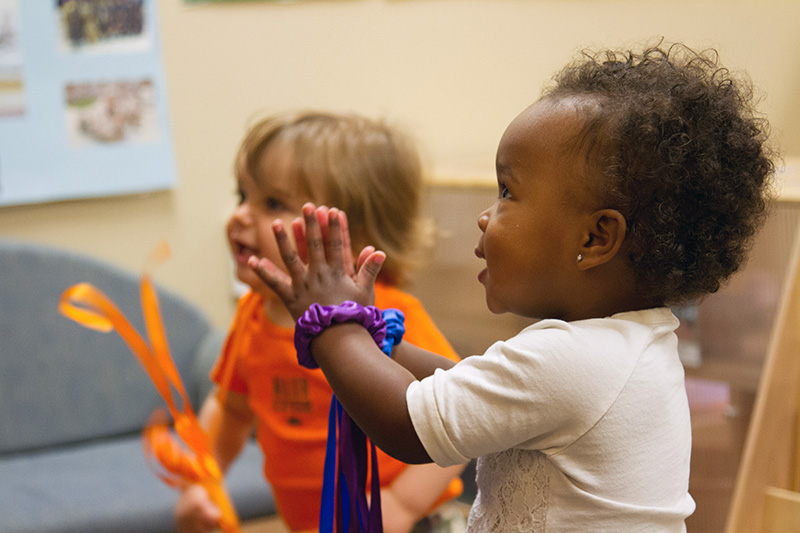
Explore
Read the scenarios in the Social Emotional Scenarios activity and answer the questions. Think about the unique ways infants and toddlers express emotions and interact with others. How might you respond as an infant and toddler caregiver? Then, share and discuss your responses with a trainer, coach, or administrator. You can also review the suggested responses.
It is important to offer learning experiences and activities that are appropriate, engaging and supportive of children’s learning and development across various developmental domains including cognitive, social-emotional, physical, language and literacy, and creative development. Staff members working toward their CDA credential should use the CDA Social Skills Activity Plan handout to develop a social skills learning experience from your curriculum (or a new activity you plan on implementing).
Apply
Review the Strategies for Supporting Infant and Toddler Friendship Skills activity. Choose one of the strategies highlighted within the article to try with the infants or toddlers in your care. Observe how the infants and toddlers in your care react to the strategy and consider the ways you might respond to support their communication development. Then, share and discuss your observations with a trainer, coach, or administrator.
Glossary
Demonstrate
Copple, C, Bredekamp, S. & Koralek, D. (2013). Developmentally appropriate practice: Focus on infants and toddlers. The National Association for the Education of Young Children.
Dean, A. & Gillespie, L.G. (2015). Rocking and rolling: Why teaching infants and toddlers is important. Young Children, 70(5).
Early Childhood Learning & Knowledge Center. (2018, May 30). Introduction to temperament. https://headstart.gov/mental-health/article/introduction-temperament
Lieberman, A. (2017). The emotional life of the toddler. Simon and Schuster.
Maguire-Fong, M.J. (2020). Teaching and learning with infants and toddlers: Where meaning making begins. (2nd ed). Teachers College Press.
Trevarthen, C., J. Delafield-Butt, & A. Dunlop. (2018). The child’s curriculum: Working with the natural values of young children. Oxford University Press.
Zero to Three. (2010, February 21). Tips for promoting social-emotional development. https://www.zerotothree.org/resources/225-tips-for-promoting-social-emotional-development
Petersen, S. H., & Wittmer, D. S. (2008). Endless opportunities for infant and toddler curriculum: A relationship-based approach. Merrill-Prentice Hall.


